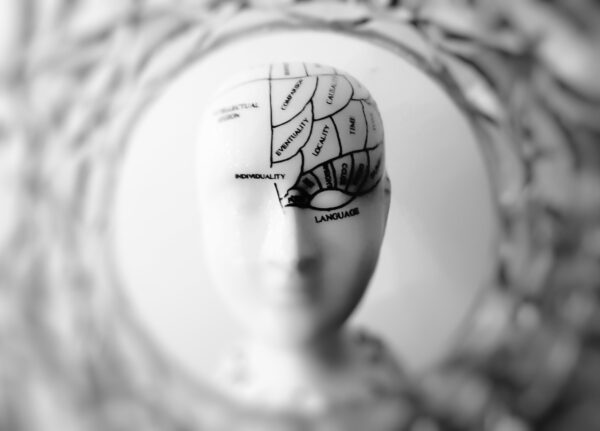Do You Want to Study the Brain with Neuropsychology
If you are interested in how the study of the brain in psychology works, a career in cognitive neuropsychology could be the choice for you. But when examining psychology vs. neuroscience, what divides them, and how do these different circles of study work together to enrich your academic and professional career?
What is Cognitive Neuroscience in Psychology?
This is the study of how individuals acquire, process, and use information throughout their lives to solve problems and make informed decisions. The complexity of the psychological structure of the brain boils down to examining the minutiae of day-to-day existence. Cognitive neuropsychologist asks themselves, “Why does this individual talk to other people with certain mannerisms, and why do they choose this action over that?”, trying to understand the way a brain influences the daily tasks we perform every day.
The Main Research Areas of Cognitive Neuropsychology
Language
For a psychologist studying the brain, language is a crucial factor in understanding how someone performs their everyday tasks. Language helps create structure in the brain by forming a lexicon that is arranged by certain thought processes, such as a memory palace. How and why an individual learns their mother tongue (and secondary and tertiary languages) will create long-term influences that affect a psychologist throughout their life.
Perception
In a visual study of neuropsychology, vision is the main entrance for environmental input to the human brain. One’s perception of the world around them influences everything, from life-saving decisions (“Should I walk away from this lion?”) to small changes from inconveniences (“The bus is late, maybe I should walk home?”). As a study in cognitive neuroscience psychology, perception is the ability to make sense of the world around us, and how the brain does it.
Attention
From perception, attention is the ability to selectively focus on certain stimuli. Attention is not a simple single decision we consciously make but is instead a selection of sub-conscious micro decisions. By studying attention with a neuropsychological lens, we can see how the structure of the brain works in real-time.
Memory
In the field of cognitive neuropsychology, memory is the study of the mind-brain relationship, studying the anatomical structure of the brain by examining brain diagrams and examining the way people perceive and recall their own past. By identifying the process of thinking and reflecting on memory, a psychologist can create a deeper understanding of how the present conscious processes and exists as they are unknowingly influenced by subconscious memories, such as PTSD.
Who Would be Interested in a Career as a Cognitive Neuropsychologist?
Are you fascinated by the scientific side of studying psychology, looking at not just case studies, but how brains work from an anatomical perspective? The psychological structure of the brain is an ever-growing and fascinating field of study. If you are a science-focused individual who wants to still be involved with individuals, studying psychology at St. Augustine is the first step in creating a science-focused career in the world of psychology, diving deep to understand the human mind.





